More info:Daniel Arsham
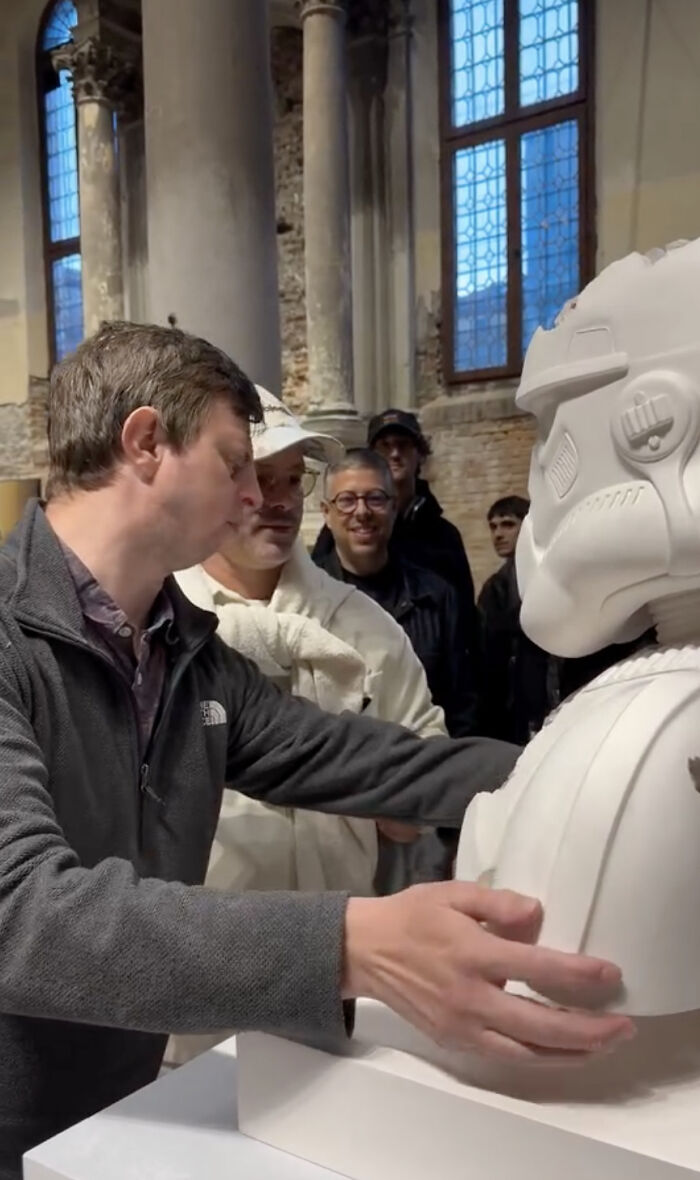
Image credits:@danielarsham
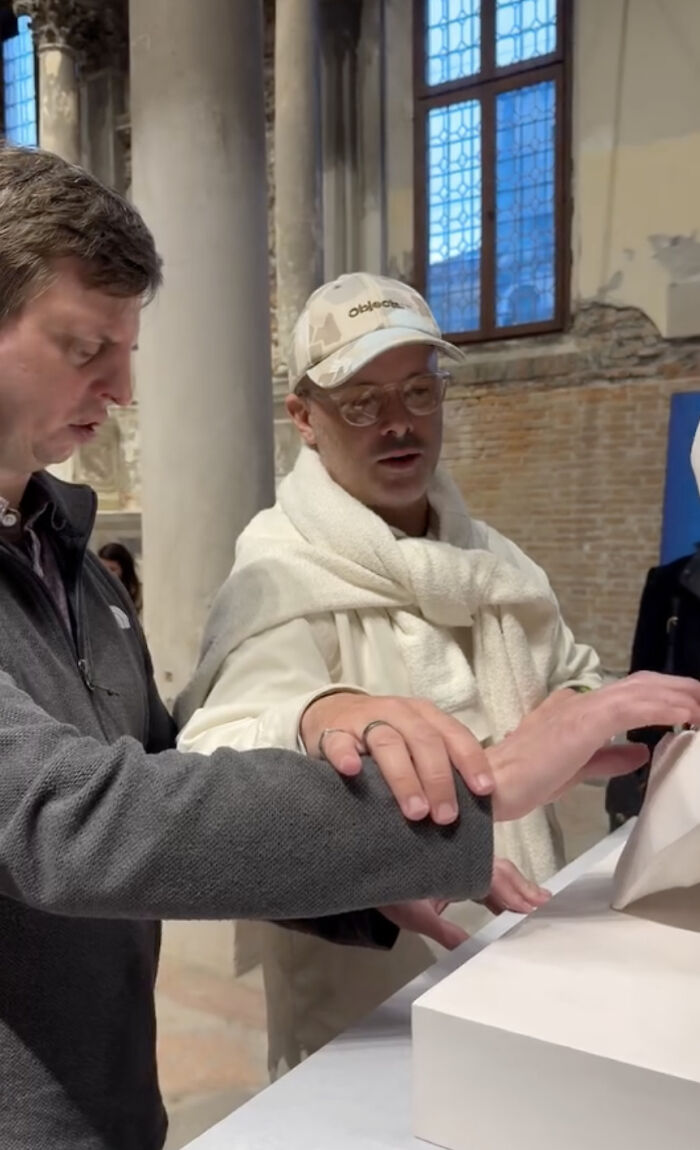
“This one that you’re feeling now is polished quartz,” explained Arsham to Wedler. “And now feel the face, see if you can recognize it”
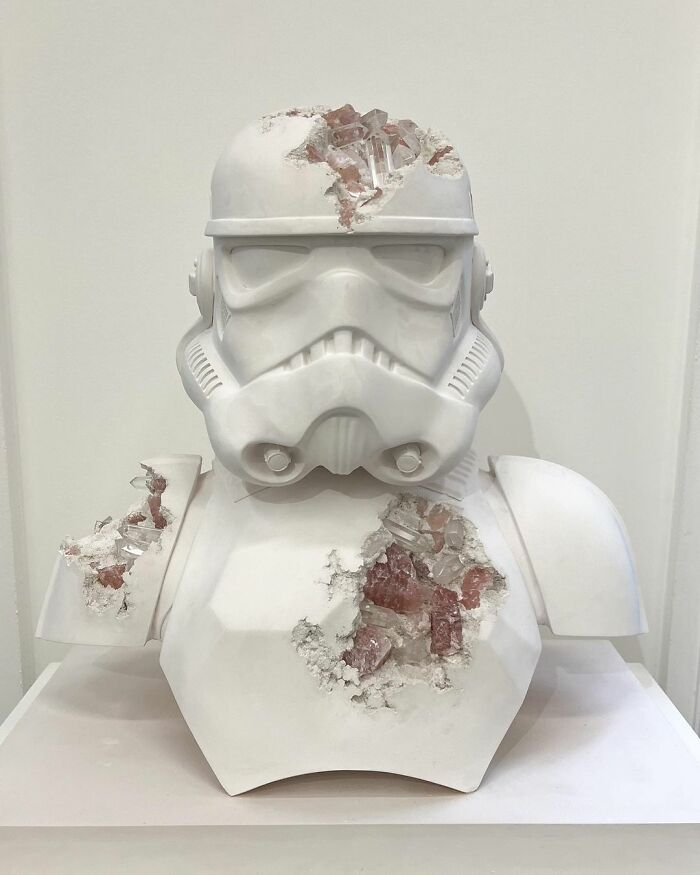
Image credits:@ toddmarshallcontemporary
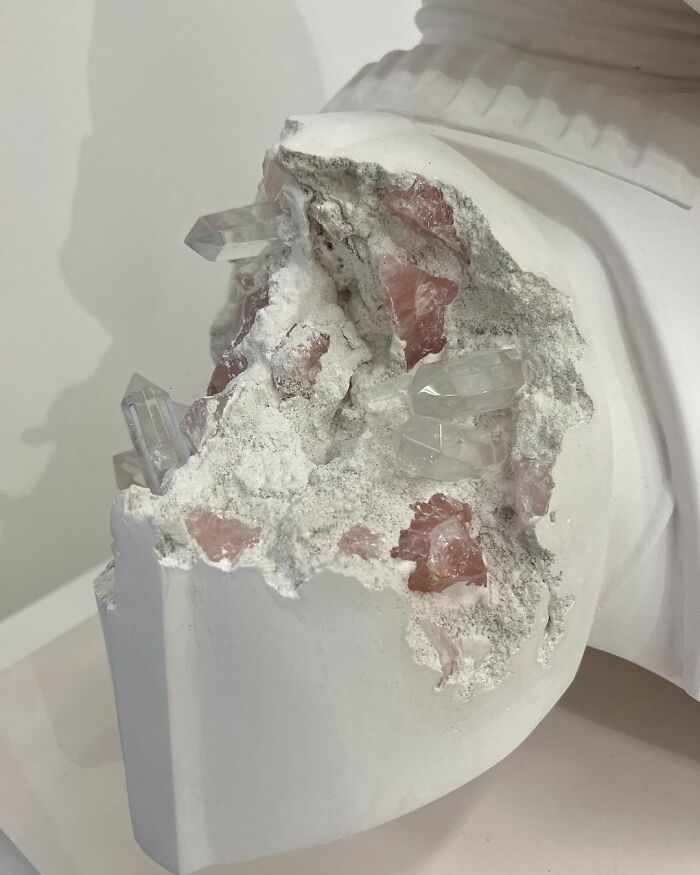
Image credits:@toddmarshallcontemporary
In the video, Arsham can be seen guiding Dr. Wedler’s hands up the sculpture and explaining that the artwork is from a series based on Star Wars. Wedler, who’s known for his work as an American chemist, educator, and entrepreneur,seems overwhelmedwith emotion and is continuously asking questions. Curious about what kind of stones are incorporated into the sculpture, he mentions that from the texture he could assume that they were quartz crystals.
Then, still discussing how the crystals are incorporated and sourced, they both moving to ‘see’ the next part of the exhibition, beautifully reminding everyone around there that there is more than one way to enjoyart.
Daniel Arsham, who as a child wanted to touch everything in museums, showed how visually impaired people can enjoy art
Dr. Wedler discovered Arsham’s artworks a couple of years ago and this year came to Venice with theEmotitechteam, a company that is dedicated to pushing the boundaries of affective technology, patenting new solutions for better life experiences.
“My love of art has always been a part of me, it always has been something that I care about. How things fit together, how do they work. I feel that there’s a beautiful and very narrow fine intersection between art and science,” Dr. Wedler shared in an interview withBored Panda.
“It was a possibility to see the artworks but it was also on me to ask for that possibility,” he added and explained that never took his loss of eyesight as disability.
“I use it as a way to better understand other parts of the world around me, so I don’t consider myself to have a disability. I’ve learned to take something that a lot of people would think of as a disadvantage and turn it into a truly game-changing advantage. And the funny thing for me is that so often people don’t ask the question of ‘hey, can I go feel some artworks with you?’. If I would have not asked that, he would have not ever done that with me, but because I asked, he said ‘yes, absolutely, let’s do it!'” he shared.
Asked about what surprised him the most during that day, Dr. Wedler cited the way Arsham incorporates crystals into his artworks and how he represents things as falling apart but also having so much order around them. “As a chemist, I love how things gain disorder over time, but they are also quite ordered, and that’s what I love about Arsham’s work,” he explained.
“Have an open mind, have a positive attitude and you’ll succeed in the world. If you believe in something, you can do it. Challenge yourself to exceed your own expectations,” Dr. Wedler shared an important message with all the people who have disabilities and doubt themselves.
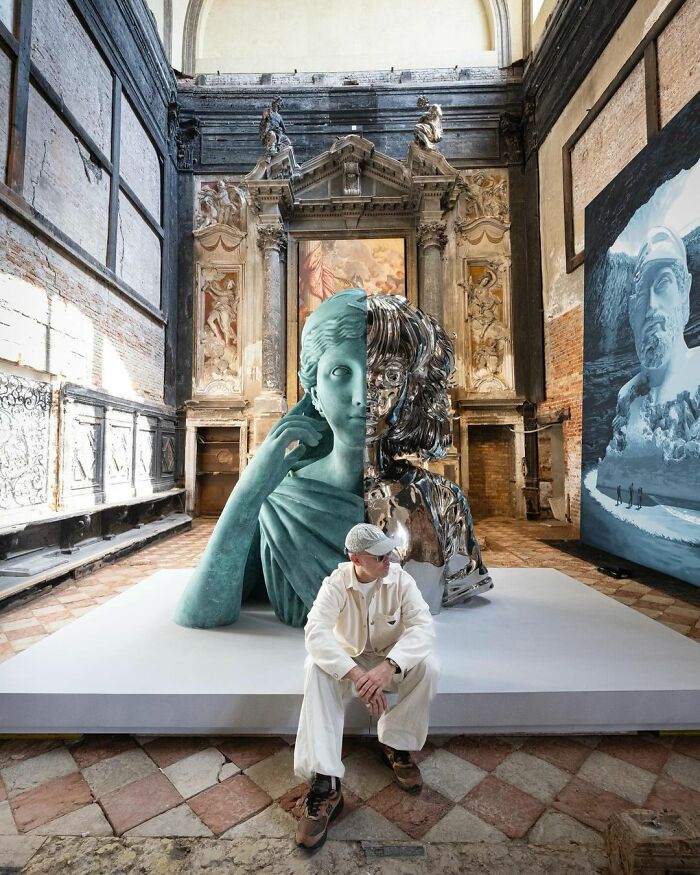

“I’ve been following Daniel Arsham’s work for years now. I am a massive fan of his artistry. He is the modern Bernini,” Banzon shared in an interview withBored Panda.
Banzon came to Venice from Rome just to see Arsham’s masterpieces in person. “When I finally stepped inside the exhibition, I was literally in awe with his jaw-dropping pieces. I had a chance to chat with Daniel and I shared that the clock from his previous collection which I have got chipped the morning before my trip because I was pushing it too hard to fit inside my bag. He replied, ‘Oh noooo’ in the sweetest way and I said that he’s such an inspiration,” Banzon recalled the memories.
“It felt magical to see how humans can be beautiful. Our worlds stopped for a moment when I heard them talking to each other. We became silent and just listened to the whole interaction as Daniel carefully explained his works,” explained Banzon.
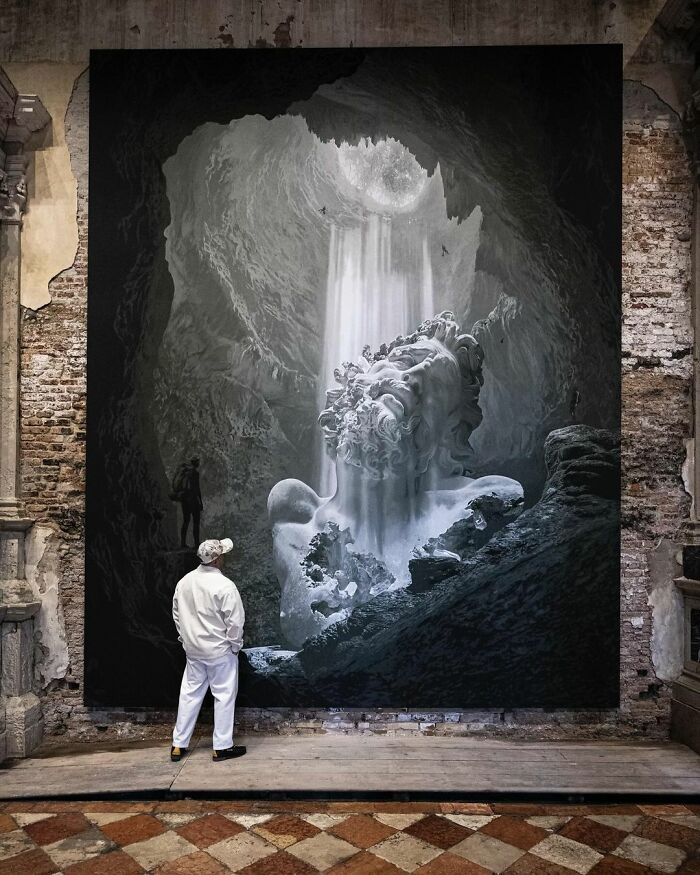
Such an experience, known as a tactile tour, is a common practice in museums and galleries for visually impaired visitors to be able to enjoy the artwork. Museums in many countries provide special models that make masterpieces accessible to those people who are blind or visually impaired. Allowing the participants tophysically interactwith the artworks through touch, sound, and other sensory experiences enhances their understanding and enjoyment of art.
For instance, the Danish mobile appBe My Eyes, which was created to help people who are blind or low-vision, has collected 10 museums and initiatives from around the globe that you can find on theirsite. The company is all about sharing small acts of kindness: blind or visually impaired users can request help from a sighted volunteer, who will be notified on their phone and once they accept the request for help, a live audio-video connection will be set up between the two parts.
Since Be My Eyes was launched in January 2015, over 6 million volunteers have signed up to assist blind and low-vision users. The assistance request can be done in over 180 languages, making the app the biggest online community for blind and low-vision people as well as one of the largest micro-volunteering platforms in the world!
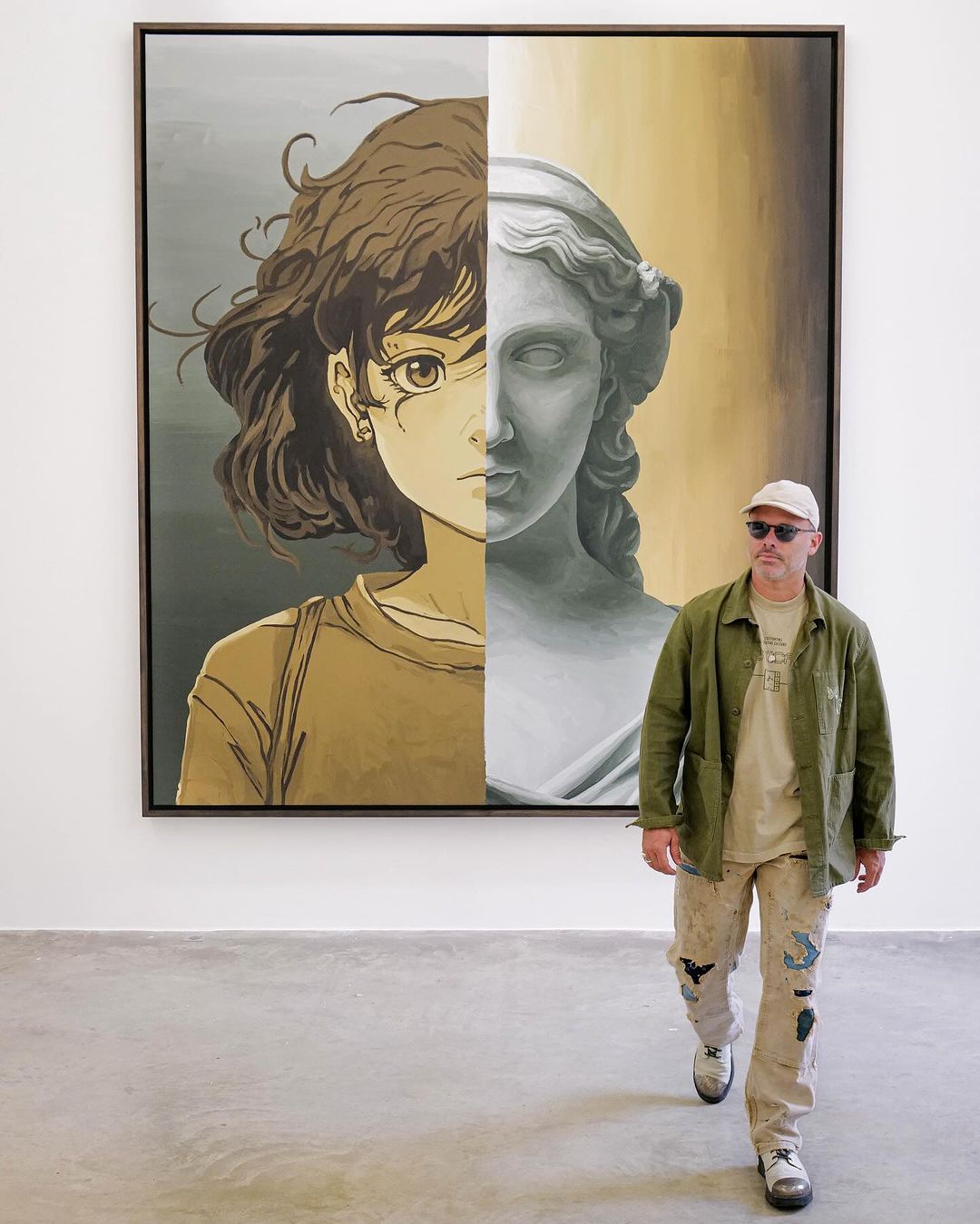
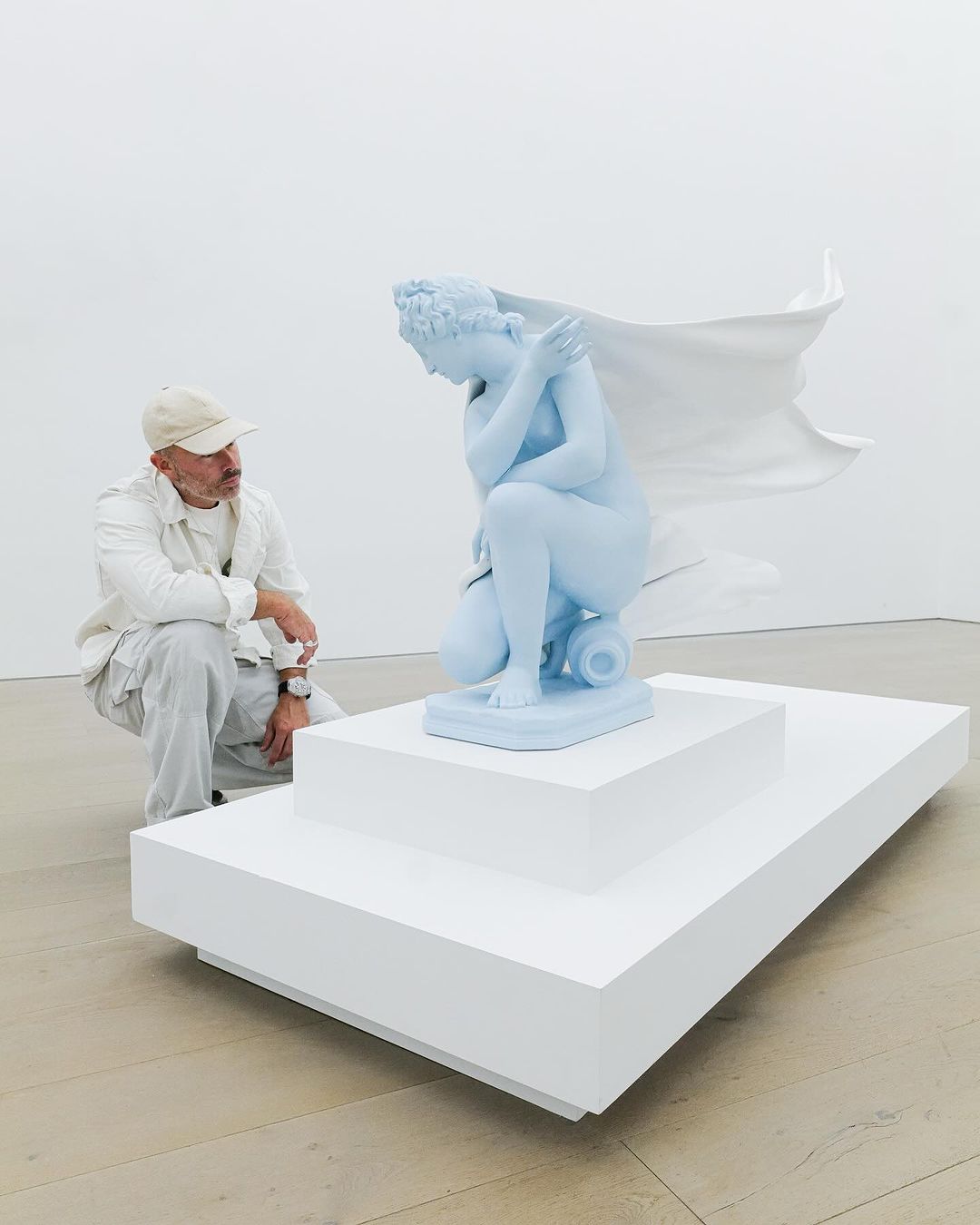

The video capturing Dr. Wedler’s tactile tour was filmed at the deconsecrated Roman Catholic church, Chiesa di Santa Caterina, Venice, where Daniel Arshham istaking viewersfrom the past and present into the future with his Fractured Idols series, alongside his signature ones from Fictional Archaeology. Due to collaboration with the historic Réunion des Musées Nationaux – Grand Palais (RMN), a 200-year-old French molding atelier, Arsham was able to use molds and scans of some of the most iconic works from the collections of the Musée du Louvre in Paris, Acropolis Museum in Athens and the Kunsthistorisches Museum in Vienna.
Arsham was born in Cleveland, Ohio and raised in Miami, Florida. At only 12 years old, he lost his childhood home due to Hurricane Andrew and this traumatic event has been a continuous theme through his work ever since.
“I met Daniel when he was 22 years old, an emergingartistliving in his studio, and I was immediately drawn to his incredible talent and distinct vision. Daniel’s practice breaks the boundaries of fine art and exists across industries. As his success has grown, he has been able to keep his practice open to a broad audience, as a leader in editions, collaborations, and a widespread internet presence, which is admirable. It has been a pleasure to grow with Daniel, our gallery expanding alongside his career,” art advisor Todd Marshall shared his thoughts on his social media.
Today, 43-year-old New York-based artist Daniel Arsham is blurring the lines between art, architecture and performance all over the globe. His artworks belong to the collections of such places as the Musée Guimet, the National Gallery of Victoria, the Pérez Art Museum Miami, and the Institute of Contemporary Art, Miami, among the others. Some of Arsham’s more recent collaborative projects includes brands such as Tiffany, Adidas, Dior, Toraichi, Byredo, Rimowa, and Porsche.
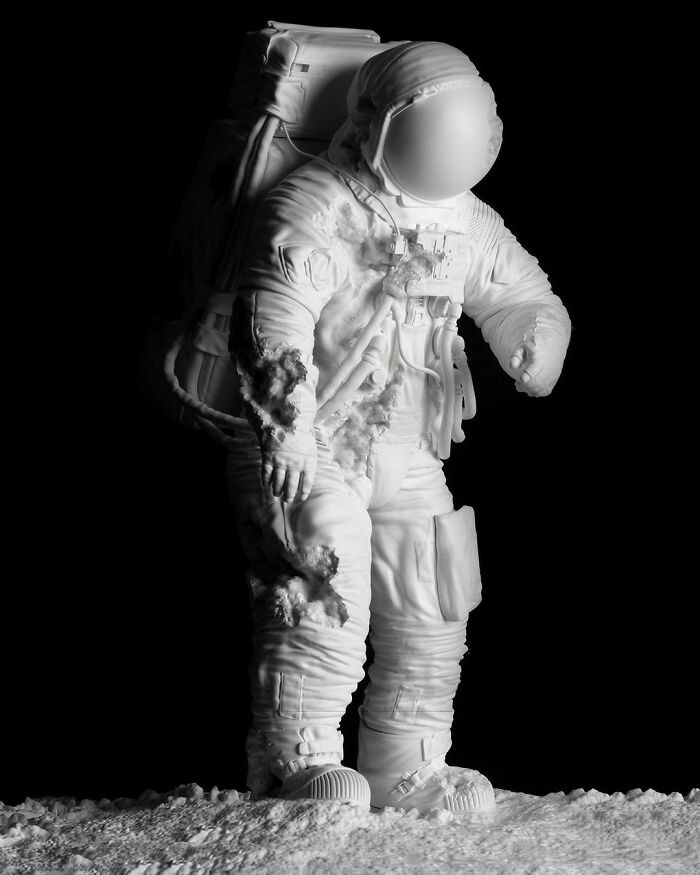
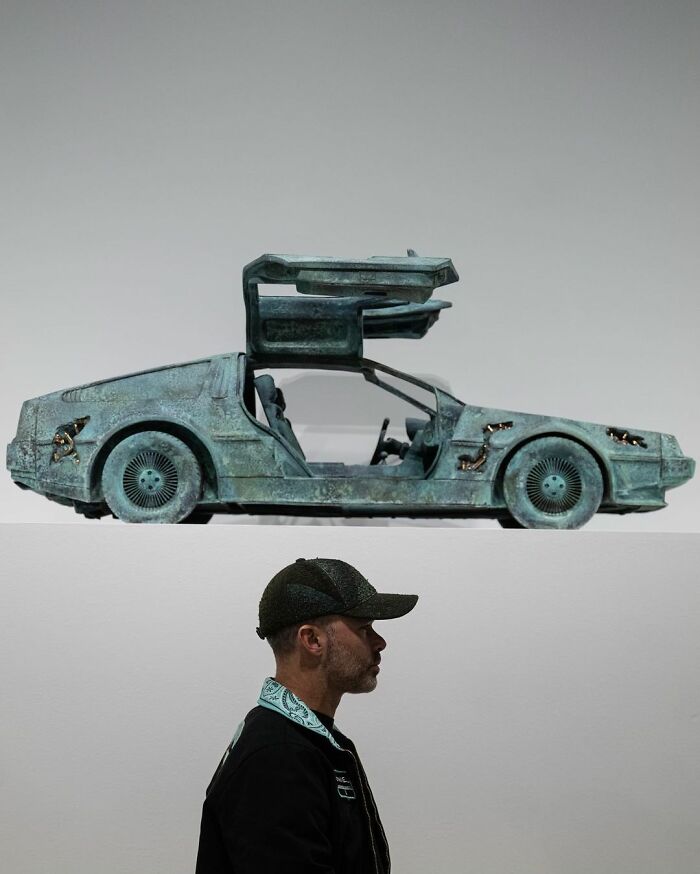

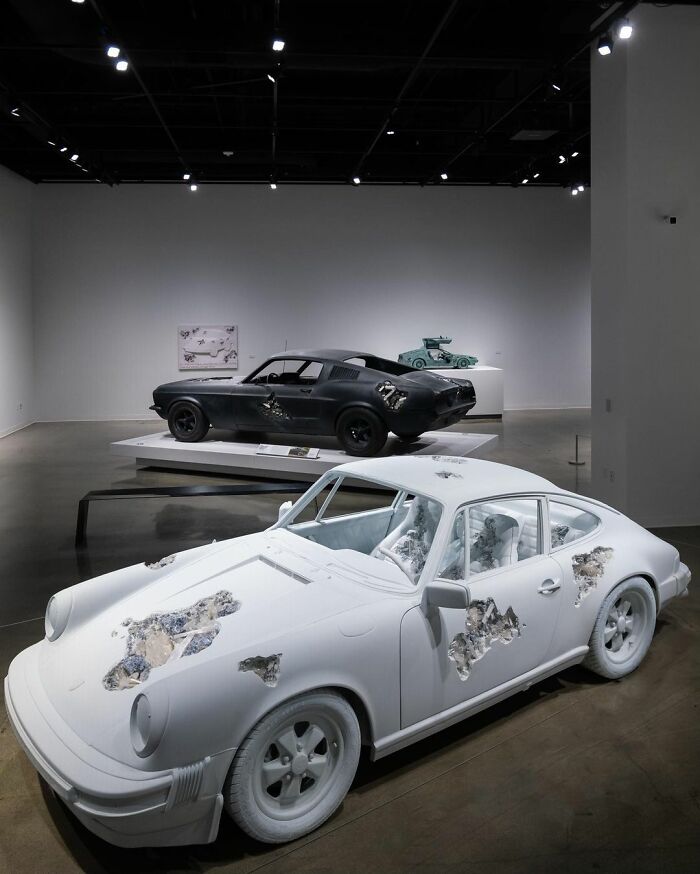
According toAll May See Foundation, globally, at least 2.2 billion people have a near or distance vision impairment, yet that doesn’t mean that they can’t enjoy art.
Born completely blind, Dr. Wedler’s story is not only showing overcoming challenges, but also redefining what’s possible and thanks to Daniel Arsham’s shared video, people got aninspiring reminderof how art and little gestures of kindness can bring so much joy and light to those who need it the most.







Thanks! Check out the results:
Art